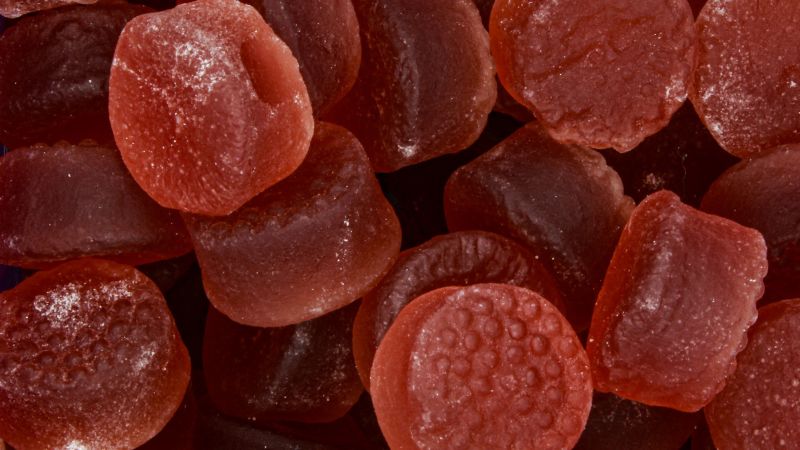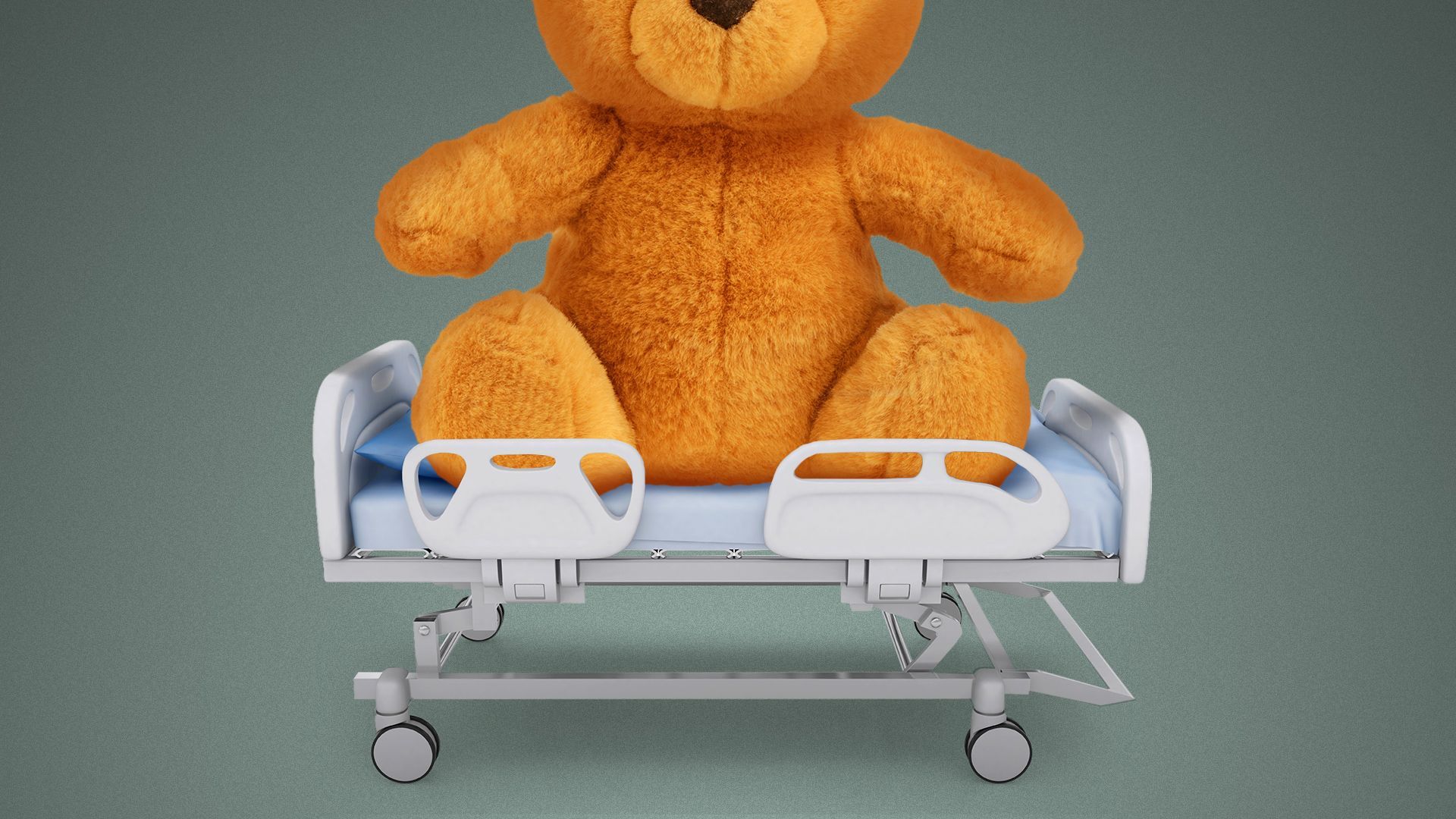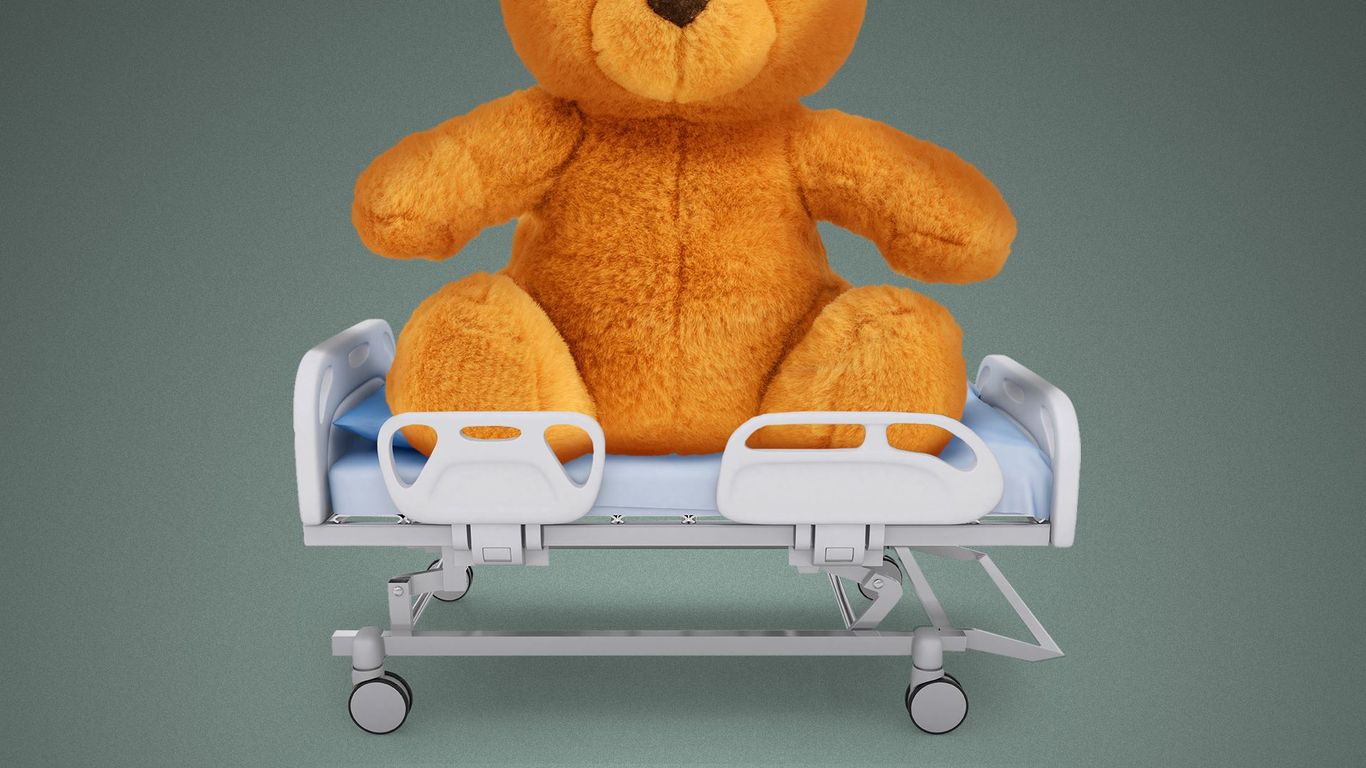
Melatonin, a hormone that regulates the body's circadian rhythm and helps with sleep, has been linked to an increase in emergency department visits among infants and young children. According to new research published by the Centers for Disease Control and Prevention (CDC), melatonin was responsible for approximately 11,000 such incidents between 2019 and 2022. The majority of these cases involved ingestion of flavored products like gummies, with nearly half of all visits caused by a candy-like product. In over one third (36%) of the cases, children had swallowed ten or more gummies or tablets. While most incidents did not result in hospitalization, melatonin can cause nausea, headaches, diarrhea and other side effects if ingested by children.



